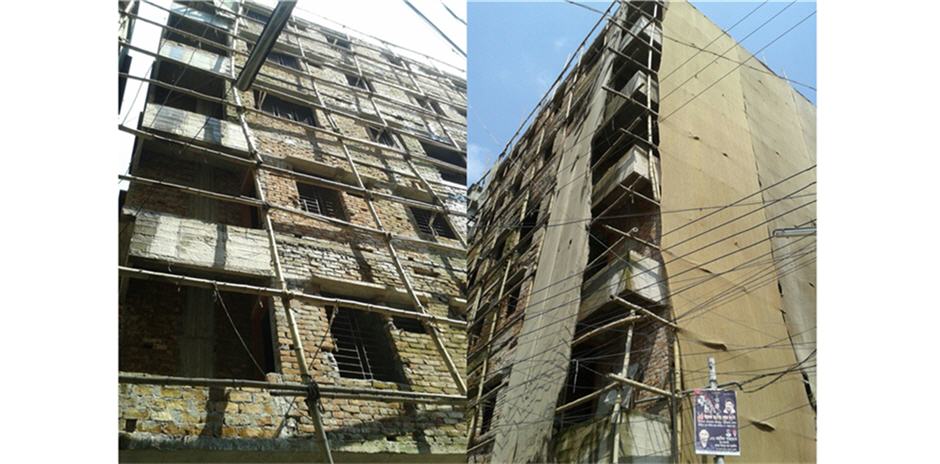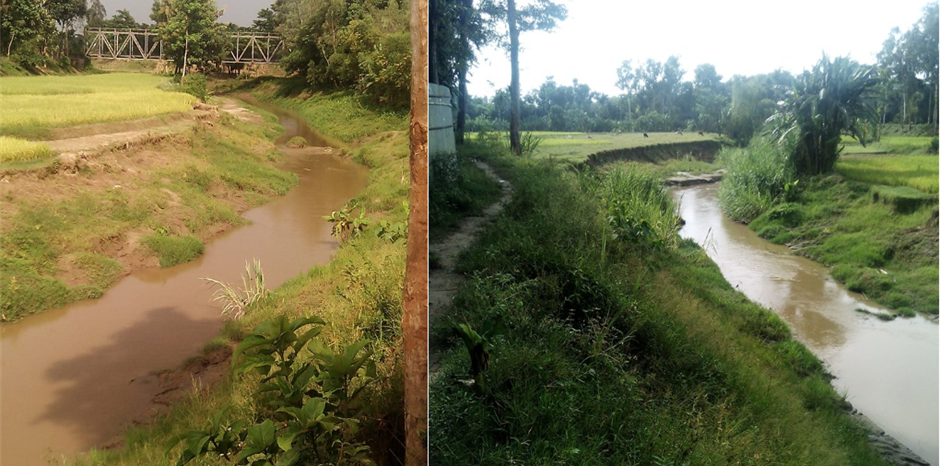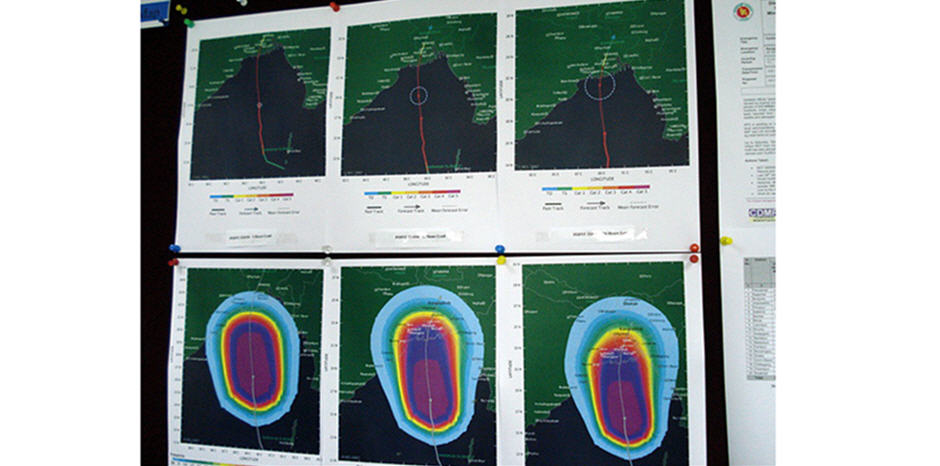Preparedness for Building Collapse
Chittagong, Bangladesh
Over the last few years, the incidence of building collapse in Bangladesh has become so alarming that does not show any sign of abating.
Each collapse carries along with it tremendous effects that cannot be easily forgotten by any of its victim. The repetition of such incidents has driven all our attention to these types of disaster preparedness. That’s why now a day’s construction works of infrastructure are being handled more cautiously to be prepared to prevent building collapse.
Building collapse is the structural failure of a reinforced concrete building causes by overload than the building capacity.
Structural failure originates mainly when the construction materials overturned to its strength limit due to various reasons. The most recent, destructive and most horrible incident of building collapse in Bangladesh is the popularly known Rana Plaza incident.
This was a horrible experience for our country. This disaster has shown us the devastating effect of a building collapse. All the industries, garments building and house constructions are now following proper construction rules because of this incident. The incident was very shocking and it waved many people's hearts all over the world.
24 April 2013, we lost a huge number of lives and had a big loss in our industrial history and it was all because of some people’s unawareness and ignorance.
It was the day when the devastating Rana Plaza accident happened. The accident took place at Savar in Dhaka, Bangladesh. According to our researches, on 23 April there was appearance of crack on column, floor and wall of Rana Plaza. Evacuation order was given. Still the authority ordered workers to came back to work at 8 am in the next morning by saying they would cut money from their salary.
Collapse of building happened at 9 am. All that happened an eight-stored building collapsed like a sandwich just in between two minutes. It caused a huge disaster that the rescue work went on until 13 May 2013 and according to news reports it took a death toll of 1,1362 people and approximately 2,5153 people injured people were rescued injured alive.
Also while rescue work, two rescue workers died.
While researching on the incident we found some significant reasons of Rana Plaza incidence. Inadequate design and poor construction quality, low quality construction materials, inappropriate site selection were the most important reasons.
According to some sources, building foundation was not that strong it was permitted for commercial use but was actually used for industrial purpose and there were placed many heavy machines, which produced a terrible crack that finally resulted to collapse.
If these reasons were checked properly then might be the Rana Plaza incident would not have ever happened. It is high time to go to the root to find all the basic information about this disaster to avoid similar casualties in future.
That is why we have interviewed a civil engineer. According to him, “Reasons for any building collapse are: adverse balance bearing capacity of soil, defect in foundation design, too much settlement of land and imbalanced live loads (weights of goods), dead loads (weight of the building itself), wind loads (effect of natural calamities).”
Some precautionary steps should be taken if any building has possibility to be collapsed. Like: cracked building must be rejected for living and an evacuation should be alarmed,
population and live loads should be removed urgently, utilities like gas and electricity has to be disconnected and fire service should be informed as early as possible.
Some more preparedness should be taken for buildings and industrial infrastructures. Soil bearing capacity should be tested before building construction. Foundation design should be done properly. Old buildings cause too much settlement so to prevent collapse they should be properly operated. Live loads, dead loads and wind loads should be designed measuring a high rate before construction.
The availability of adequate technical support in order to operate rescue operation during post-disaster period is needed. Evaluation of existing structural condition of running commercial buildings and taking necessary actions for performance enhancement accordingly will save buildings from collapse.
Also after the construction the building condition should be evaluated to check if desirable performance level is achieved. Industrial building should be specially designed. Construction materials should be tested properly in labs. Concrete strength should be exact per design strength. In industrial buildings generator and vibrating machine should be placed in ground floor.
Analyzing all these points, we can say if any infrastructure is constructed applying all these measurements as a prevention of building collapse we can say that is an ‘Ideal collapse resistant infrastructure’.
So building collapse has a potential to make a great disaster what Rana Plaza had shown us. Once it happens there is no way back.
So better, we take steps and be prepared for this destruction from the beginning because it is said;
‘Prevention is better than cure’.




